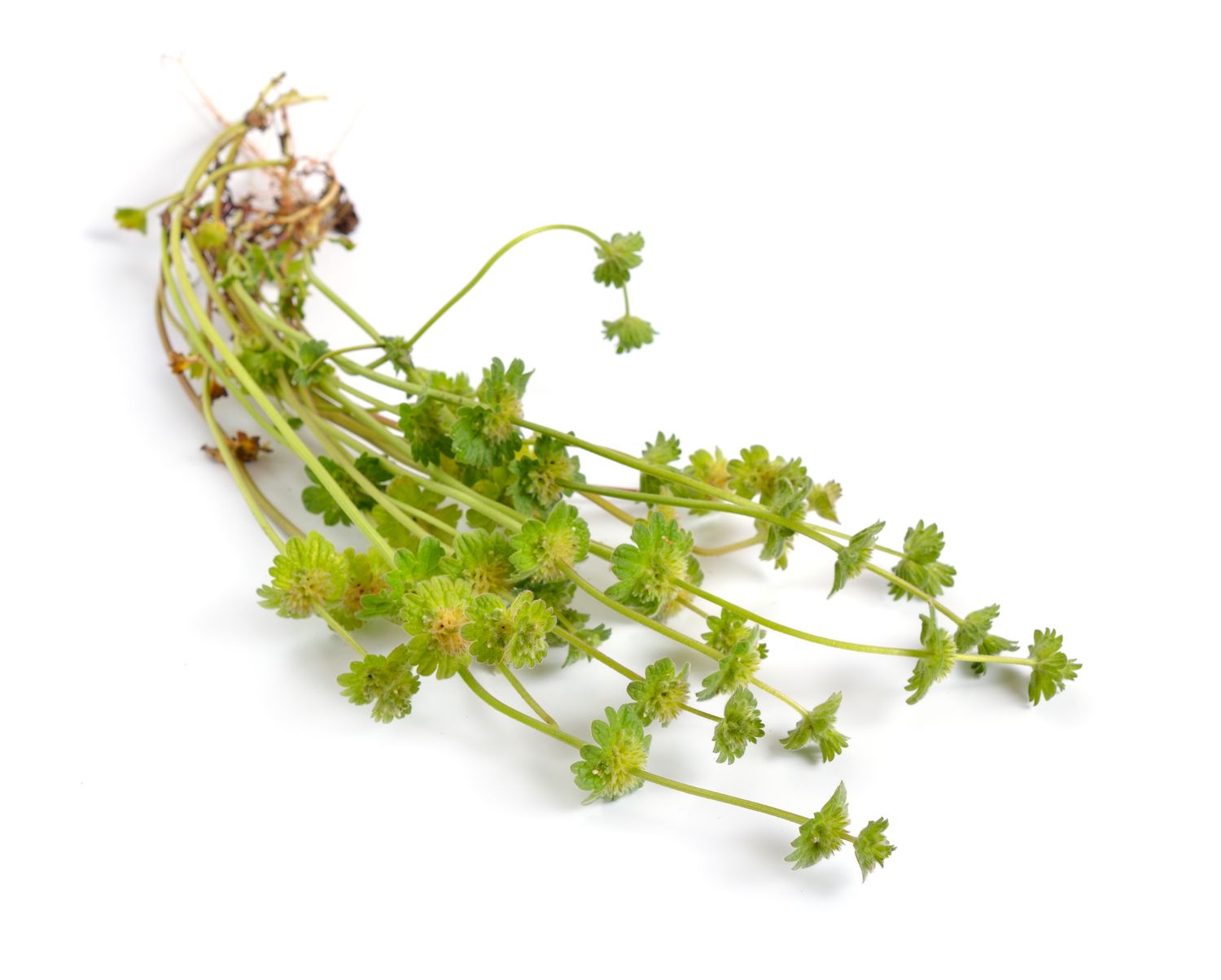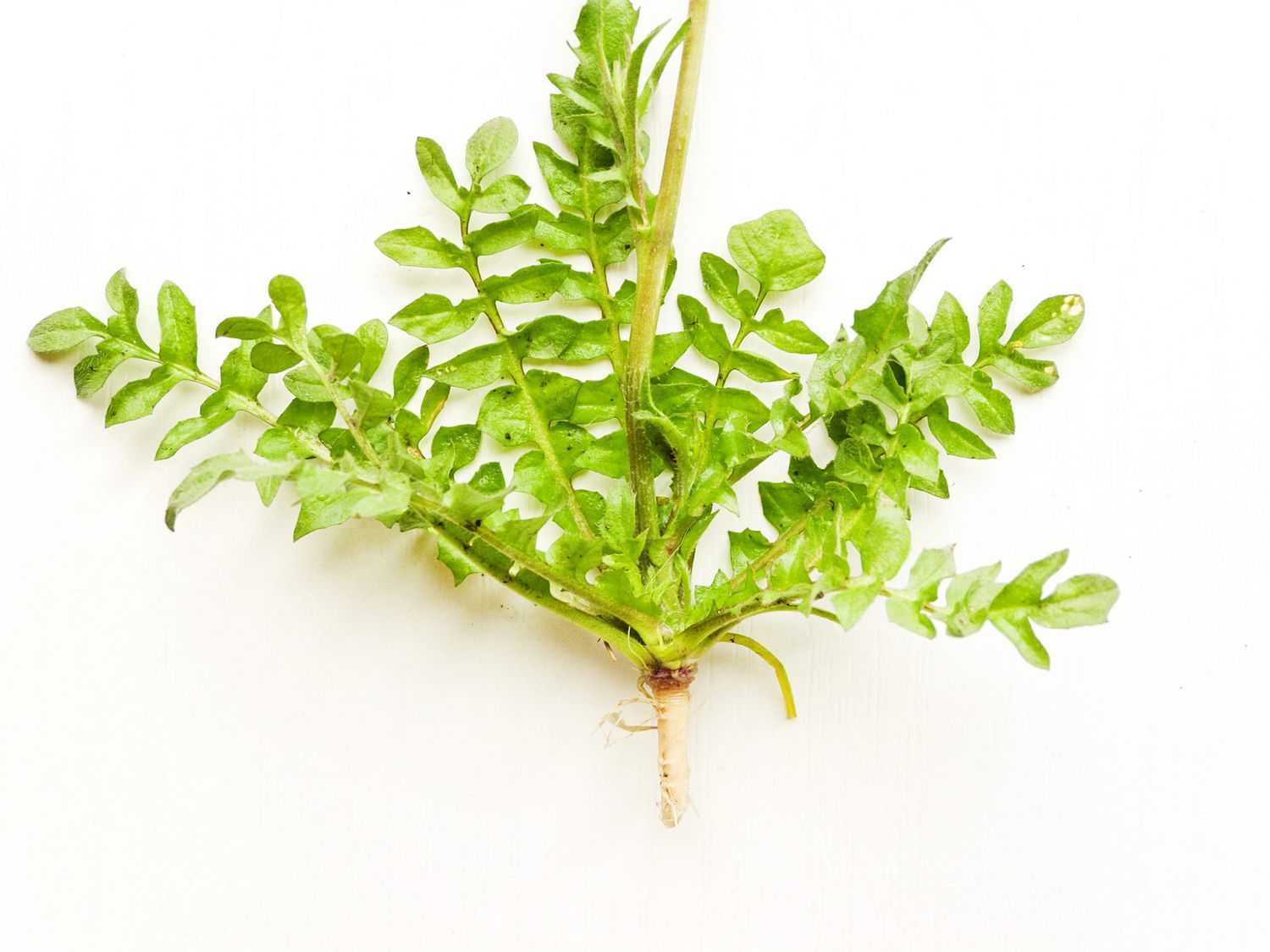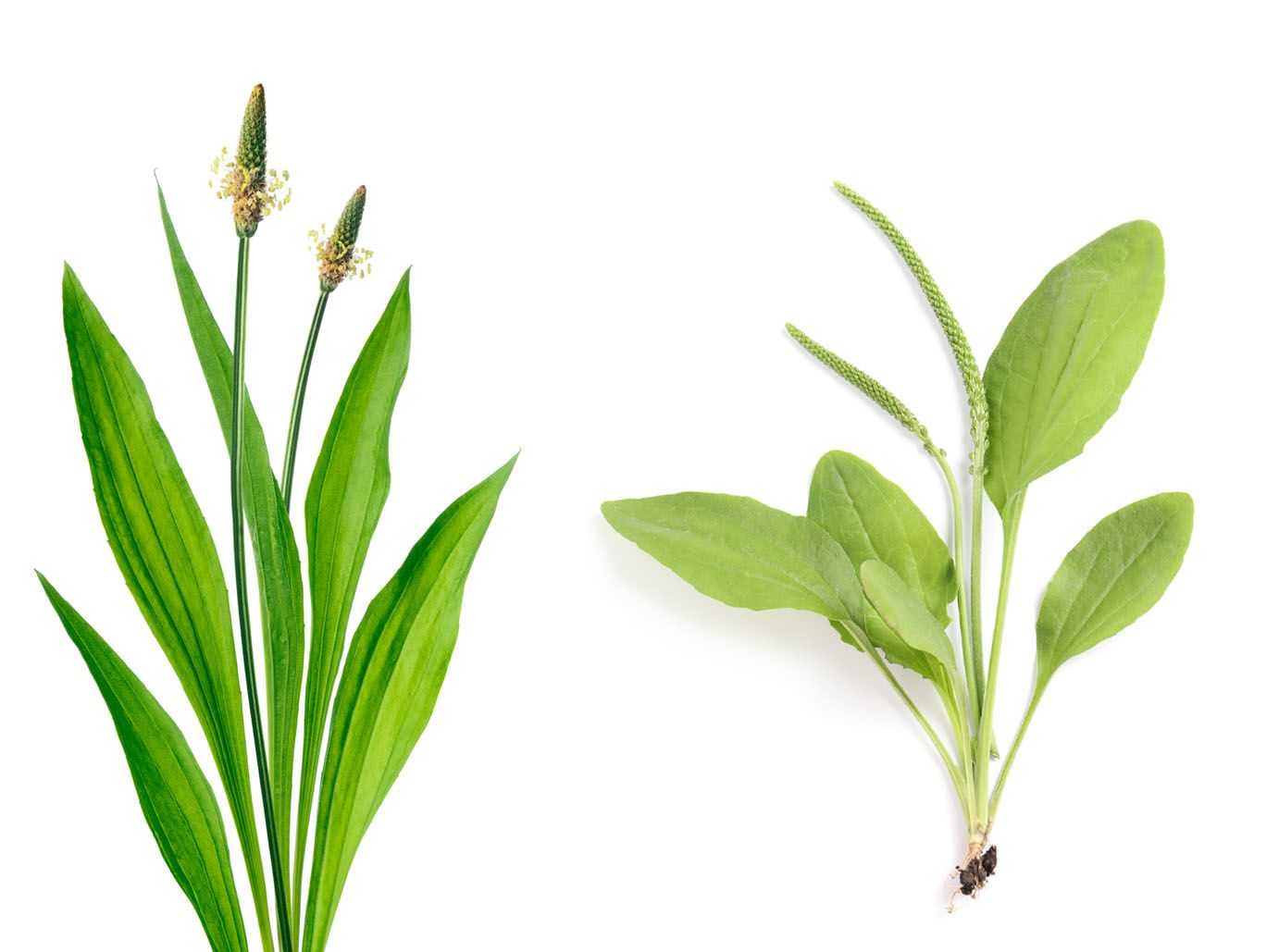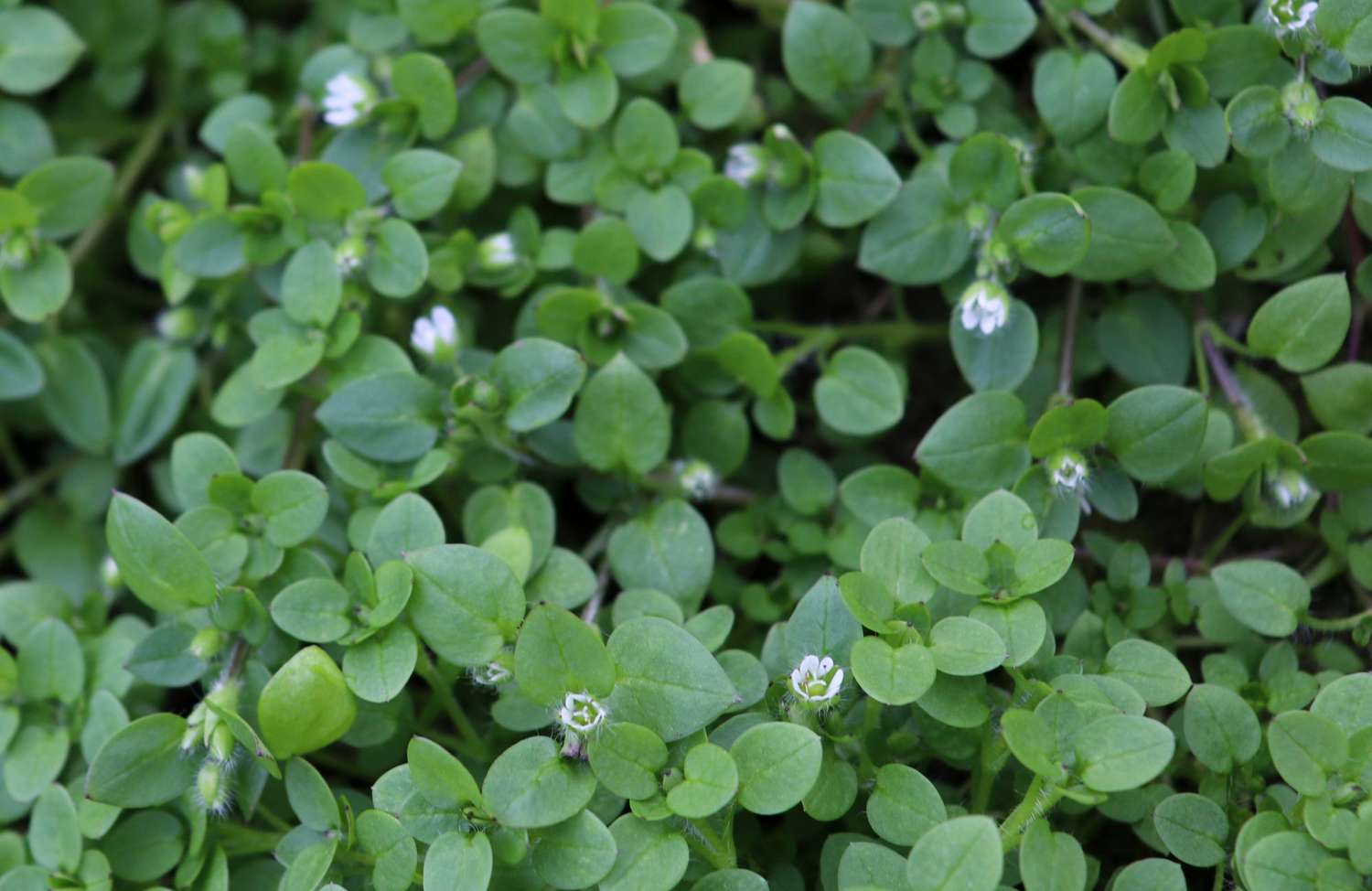There are so many lovely blooms to enjoy in your garden during the fall. We love the deep reds, purples, and yellows that are typical of fall garden flowers. They almost imitate the foliage around them. With any time of the year comes the battle of weeding and pruning our gardens. Although we adore our fall blooms, we don’t love the sneaky annual weeds that seem to creep in during the fall and all the sudden multiply in the spring.
When it comes to fall weed control, hand pulling is always the easiest solution for smaller areas, even if it does require a little bit of time. You can catch all of the following fall-emerging weeds early by hand-pulling, which will help prevent them from spreading after their dormant period in the winter. We’ve researched the most common fall-emerging weeds for lawns and gardens, and included ways to identify them, so that your fall weed control experience is as pleasant as possible.
Prickly Lettuce
Prickly lettuce (Lactuca serriola) is also known as wild lettuce, China lettuce, or compass plant. This is a winter annual weed, but its flowering season goes until September, so you have time in the fall to catch and pull them, according to an article written by assistant professor Debalin Sarangi, as part of the University of Nebraska – Lincoln’s Institute of Agriculture and Natural Resources «Crop Watch.» Prickly lettuce is sometimes confused with dandelions because its flowers look like miniature dandelion flowers. In the fall, during its germination period, you will see it spring up in small rosettes of leaves.
Dandelion

We all know and recognize dandelions (Taraxacum officinale). As much as we adore their late fluffy, white globe stages for child-like entertainment, they are still invasive to gardens and lawns. They typically flower starting in April until October, according to Sarangi’s article. Sprouts can be picked by hand in the fall as you see them.
Henbit

Henbit (Lamium amplexicaule) is another winter annual that has reddish-purple flowers and hairy green leaves, according to Sarangi’s article. It is commonly confused with purple deadnettle (Lamium purpureum), but deadnettle has triangular upper leaves, and not rounded leaves like henbit. It can easily grow in thin turf areas and can reach up to 16 inches in height.
Shepherd’s Purse

Shepherd’s purse (Capsella bursa-pastoris) needs cold temperatures to germinate, so even though it is an emerging fall weed, you may not see it in your lawn or garden until late in the season, according to Sarangi’s article. Sometimes the plant does over-summer, or flower in the fall. The leaves are lace-shaped, and the flowers appear at the top of the plant in a cluster.
Plantain

Buckhorn plantain (Plantago lanceolata) and broad-leaf plantain (Plantago major) are perennial weeds. They produce a cluster of leaves at ground level. Buckhorn plantain leaves are long with raised, parallel veins on their undersides, while broadleaf plantains have broad, egg-shaped leaves, according to a factsheet from Clemson University’s College of Agriculture, Forestry, and Life Sciences. Both produce flower stalks from June to September.
Chickweed

Common chickweed (Stellaria media) has small football-shaped leaves with tiny white five-petaled flowers in the center, according to Clemson University’s College of Agriculture, Forestry, and Life Sciences. It has creeping stems, which help it to produce new plants, but makes it a tricky lawn weed.